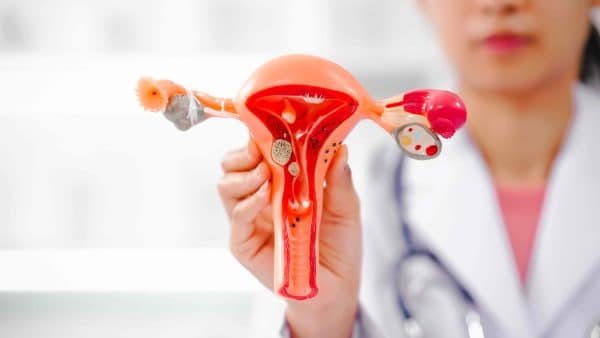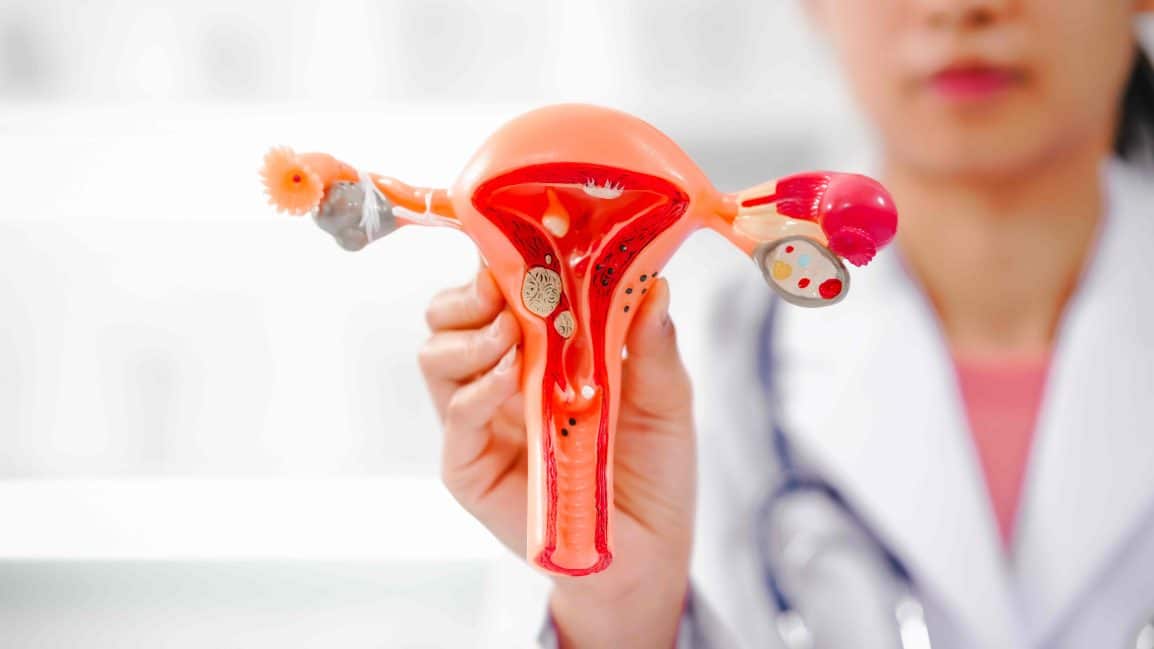
Menstrual cramps in teens are a common and often expected part of the menstrual cycle in many people. While mild to moderate cramping is normal, some teens experience severe pain that disrupts their daily lives. This raises an important question: Could these intense cramps be a sign of something more serious?
What are Menstrual Cramps?
Menstrual cramps (dysmenorrhea) occur when the uterus contracts to shed its lining during your period. These contractions are a result of chemicals called prostaglandins, which cause the uterine muscles to tighten.
For most teens, the result is mild discomfort or a dull ache in the lower abdomen. However, for others, the pain can be sharp, intense, and even debilitating.
There are two types of dysmenorrhea:
Primary Dysmenorrhea
This is the most common type and typically starts within a few years after a girl begins menstruating. It’s caused by normal uterine contractions and usually improves with age.
Secondary Dysmenorrhea
This type is linked to an underlying medical condition, such as endometriosis, adenomyosis, or uterine fibroids. Unlike primary dysmenorrhea, secondary dysmenorrhea often gets worse over time and may require specific treatments.
When Should You Worry About Menstrual Cramps?
While occasional discomfort during your period is normal, certain signs could indicate that your cramps are more than just typical period pain. Here are some red flags to watch out for:
- Severe pain that disrupts your life: If your cramps are so bad that you miss school, skip activities, or struggle to get out of bed, it’s worth discussing with a doctor.
- Pain medication doesn’t help: Ibuprofen or other anti-inflammatory pain medicines usually help ease menstrual cramps. If these medications don’t provide relief, it might signal an underlying issue.
- Heavy bleeding or irregular cycles – Experiencing very heavy menstrual bleeding (soaking through a pad or tampon every hour) or having irregular cycles alongside painful cramps can indicate conditions that need medical attention.
- Pain outside your period: Pain that occurs at other times of the month, not just during your period, could indicate a deeper problem.
- Worsening pain over time: If your cramps are getting progressively worse with each cycle, this warrants evaluation.
If any of these apply to you, it’s a good idea to talk to a healthcare provider.
Possible Causes of Severe Menstrual Cramps
Several conditions can contribute to severe menstrual cramps in teens. Some of the most common include:
Hormonal Changes and High Prostaglandin Levels
Severe primary cramps are strongly associated with ovulatory cycles (when an egg is released). As menstrual cycles become more regular and ovulatory during the teen years, cramping often intensifies. Some people also naturally produce higher levels of prostaglandins, leading to more intense uterine contractions and pain.
Uterine Fibroids
Uterine fibroids are non-cancerous growths in or on the uterus that can cause heavy, painful periods and pelvic pressure. While they’re more commonly diagnosed in adults, some teens do develop fibroids, particularly those with a family history of the condition. If diagnosed, there are various treatment approaches available depending on the size and location of the fibroids.
When researching treatment options, it’s helpful to look into different specialists and their approaches. For example, programs like Dr TC Chang uterus fibroid treatment Singapore represent one of many specialized treatment centers worldwide. The more informed you are, the easier it becomes to choose a treatment path that feels right for you.
But before seeking medical advice, it’s important to talk to your parents or guardians. In many states, teens are required to have a parent or guardian accompany them to doctor appointments, especially when discussing potential medical procedures or treatments.
Including your parents in the conversation not only ensures compliance with legal requirements but also helps them understand what you’re experiencing and provide support throughout the process.
Endometriosis
Endometriosis is one of the most common gynecological conditions causing secondary dysmenorrhea in teens. It occurs when tissue similar to the uterine lining grows outside the uterus. It can cause inflammation and discomfort.
A common symptom of endometriosis is pelvic pain that may worsen over time. Other symptoms include heavy periods, severe cramps, and pain during bowel movements or urination.
Pelvic Inflammatory Disease (PID)
PID is an infection of the reproductive organs that can cause pelvic pain and cramping. It requires prompt medical treatment with antibiotics to prevent serious complications like infertility.
Treatment Options for Severe Menstrual Cramps
The treatment for severe menstrual cramps depends on the underlying cause. Here are some common approaches:
Lifestyle Changes
Regular exercise can reduce cramping by improving blood flow to the pelvic area. Meanwhile, heat therapy, such as using a heating pad, can relax uterine muscles and ease pain.
Medications
Over-the-counter anti-inflammatory medicines can help manage mild to moderate cramps, and hormonal birth control pills or patches may regulate periods and reduce pain.
Treatments for Underlying Conditions
If fibroids are causing your symptoms, treatments like minimally invasive procedures or surgery may be recommended. For endometriosis, hormonal medications or laparoscopic surgery might be necessary.
Alternative Therapies
Some teens find relief through acupuncture, yoga, or dietary changes. While these methods won’t cure underlying conditions, they can complement traditional treatments.
Conclusion
Menstrual cramps are a normal part of having a period, but severe or disruptive pain shouldn’t be ignored. If your cramps are impacting your daily life, it’s important to talk to your doctor and explore potential causes. Remember, your health matters, and seeking help is the first step toward feeling your best.

